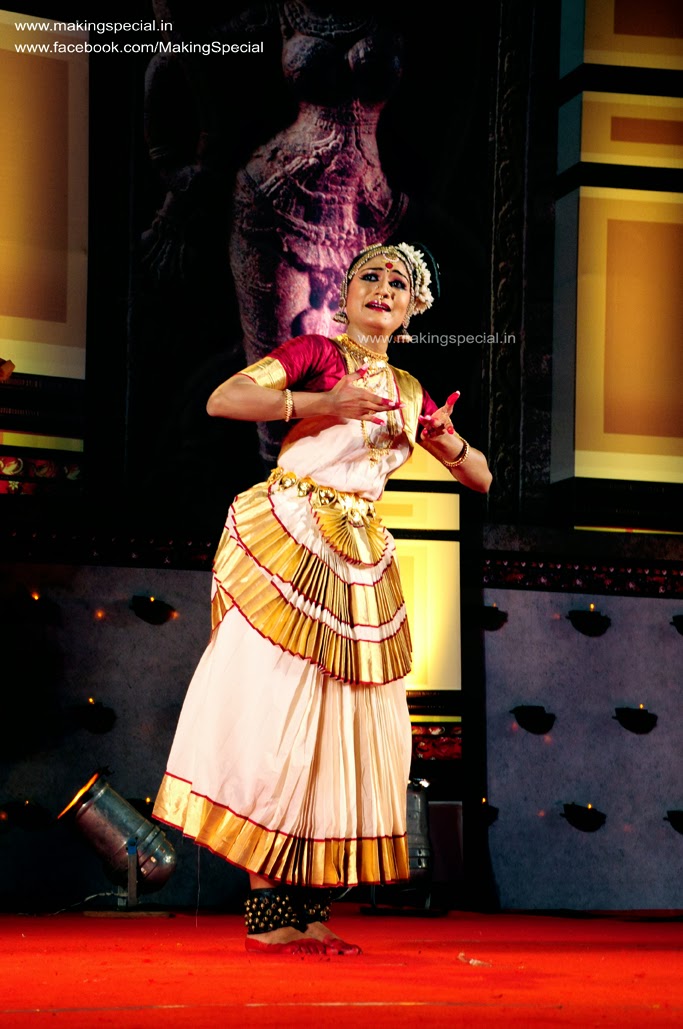SOPANA NRITHAM
Sopanam means the steps of the temple sreekovil. samyakena upanayathi
ithi sopana. This is the real meaning word Sopana. This is helpful for
human soul to reach paramatma. According to Bharatha Muni, the aim of
natya is moksha or bhakthivivardhana.
Rajeev Krishna Chaitanya was born as the second son of Muthirapparambil R
Balakrishna Pillai and Sarojini Amma on 27 May, 1965. He completed his
education at Mankombu ATHS and NSS Hindu College Changanassery. Since
his early childhood, he received training in classical dance.
Champakkulam Mohanan Kutty Asaan was his first teacher. He received
several prizes and awards for acting and dancing during
the school days itself. Nedumudi Nanu Nayanar taught him the first
lessons of Kathakali. His debut performance was ‘’Poothana moksha” at
the Bhagavathi temple, Mankombu. He continued his study under the
guidance of Mankombu Shivasankara Pillai. He was lucky enough to perform
on various stages with his mentors.
During the stay in Delhi, he actively collaborated with the International Kathakali Centre in different projects. In 1994, he reached Haridhwar in Himalaya and received Mandhradeeksha from Swami Ganesanandapuri. He enrolled in the educational institutions at Haridhwar and Kaasi for higher learning in Sanskrit. Later, since 1997 to 2004, he learnt Sanskrit from Payyannur Ramanthali Krishna Panickar in the gurukula way. During this period, he very actively worked with Swami Krishnanda Bharathi. Owing to certain domestic responsibilities, he was then forced to stay with his parents, and yet he continues the Vedanta studies, Sadhana and teaching. Having invented the new dance form called Sopana nritha, he performs on stages inside and outside Kerala. He has been to the Himalayas for 14 times. He writes articles and poems on the subjects related to Vedanta, and teaches Vedanta.
During the stay in Delhi, he actively collaborated with the International Kathakali Centre in different projects. In 1994, he reached Haridhwar in Himalaya and received Mandhradeeksha from Swami Ganesanandapuri. He enrolled in the educational institutions at Haridhwar and Kaasi for higher learning in Sanskrit. Later, since 1997 to 2004, he learnt Sanskrit from Payyannur Ramanthali Krishna Panickar in the gurukula way. During this period, he very actively worked with Swami Krishnanda Bharathi. Owing to certain domestic responsibilities, he was then forced to stay with his parents, and yet he continues the Vedanta studies, Sadhana and teaching. Having invented the new dance form called Sopana nritha, he performs on stages inside and outside Kerala. He has been to the Himalayas for 14 times. He writes articles and poems on the subjects related to Vedanta, and teaches Vedanta.
© titofoto


















































